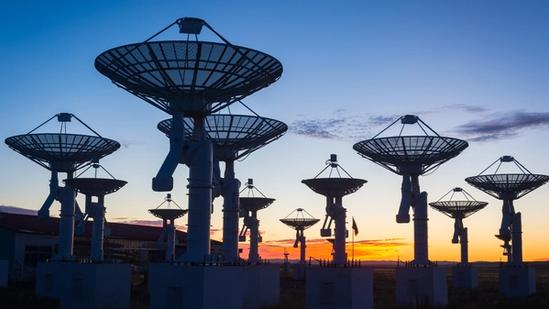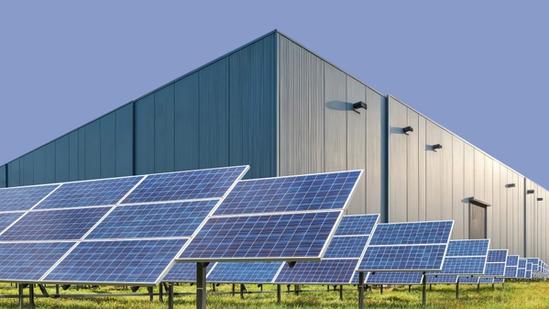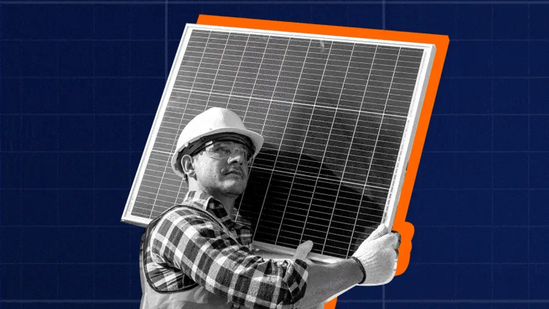

Many Cars, Not Enough Chargers: The Growing Strain on EV Infrastructure

Growth in charging infrastructure hasn’t kept pace with the popularity of electric vehicles
The electric vehicle revolution in the U.S. has gone full throttle over the past decade. But as new cars roll silently off dealers’ lots, one piece of the puzzle is falling behind: public charging infrastructure.

In 2016, there were 10 electric vehicles (EVs) competing for each public charger on America’s roads, according to the U.S. Energy Information Administration (EIA). By 2023, that ratio had nearly tripled. For the more powerful direct current (DC) fast chargers, critical for road trips and high-traffic corridors, the pressure is even more severe. More than 140 EVs are chasing spots at each fast-charging unit.
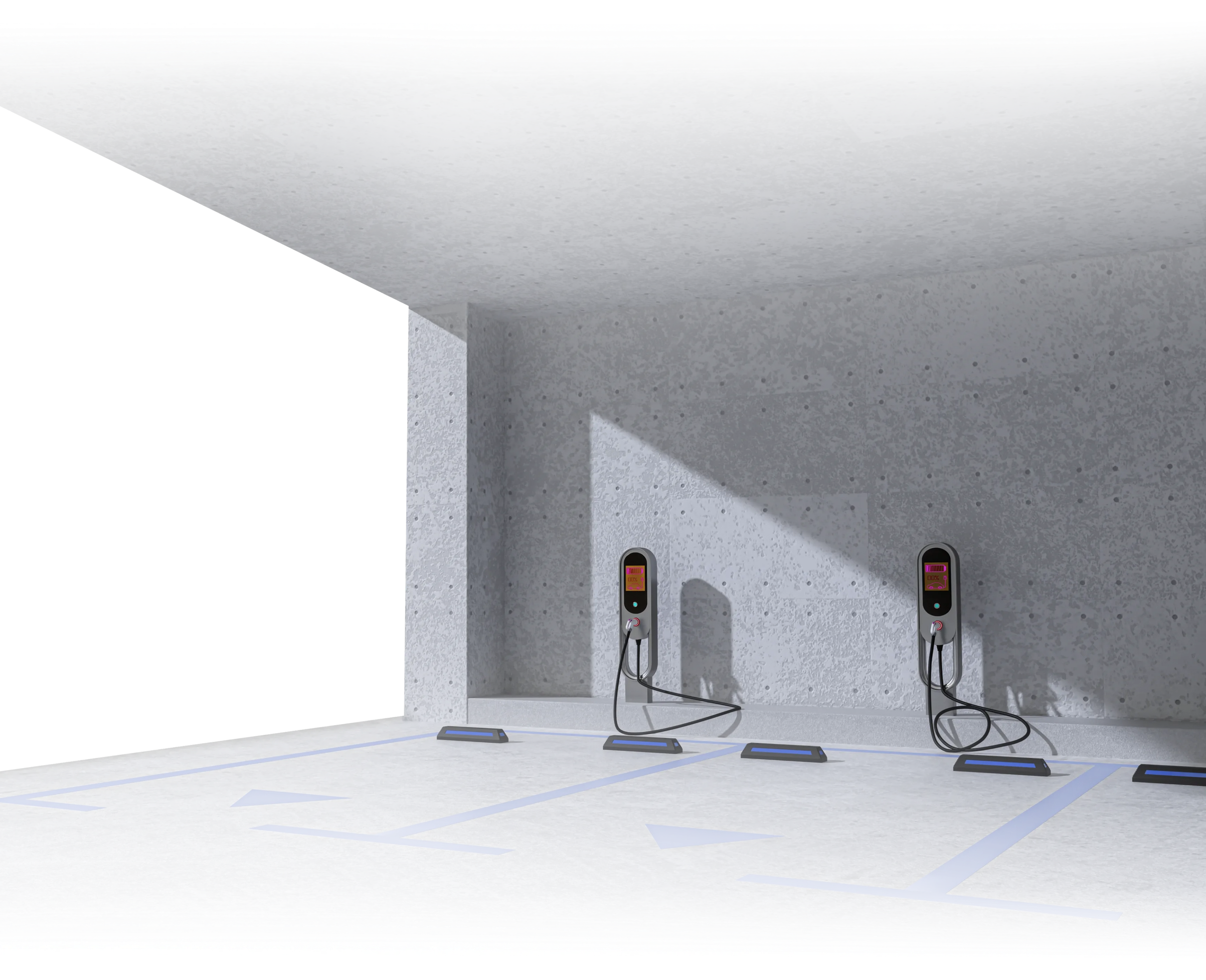

Electric Vehicles per Public Charger
Electric Vehicles per Public Charger
Public chargers were always meant to supplement, not replace, home charging. Yet for millions of Americans – especially renters, urban residents and those without private driveways – public infrastructure is the only option.
Even for those with access at home, the presence of visible, accessible chargers reduces range anxiety. Empty forecourts with reliable fast chargers send a signal: these cars are not just for hobbyists or the well-resourced; they’re viable for everyone.
 Electric Vehicles per Single DC Charger
Electric Vehicles per Single DC Charger


Forty-eight of 50 states have seen their EV-to-charger ratios worsen, the EIA data show. In states such as Oklahoma and New Jersey, the increase has been dramatic. Only Alaska, with its sparse roads and relatively stable vehicle base, has significantly improved. The uneven buildout risks stalling the transition to EVs – not from lack of demand, but from an absence of convenience.
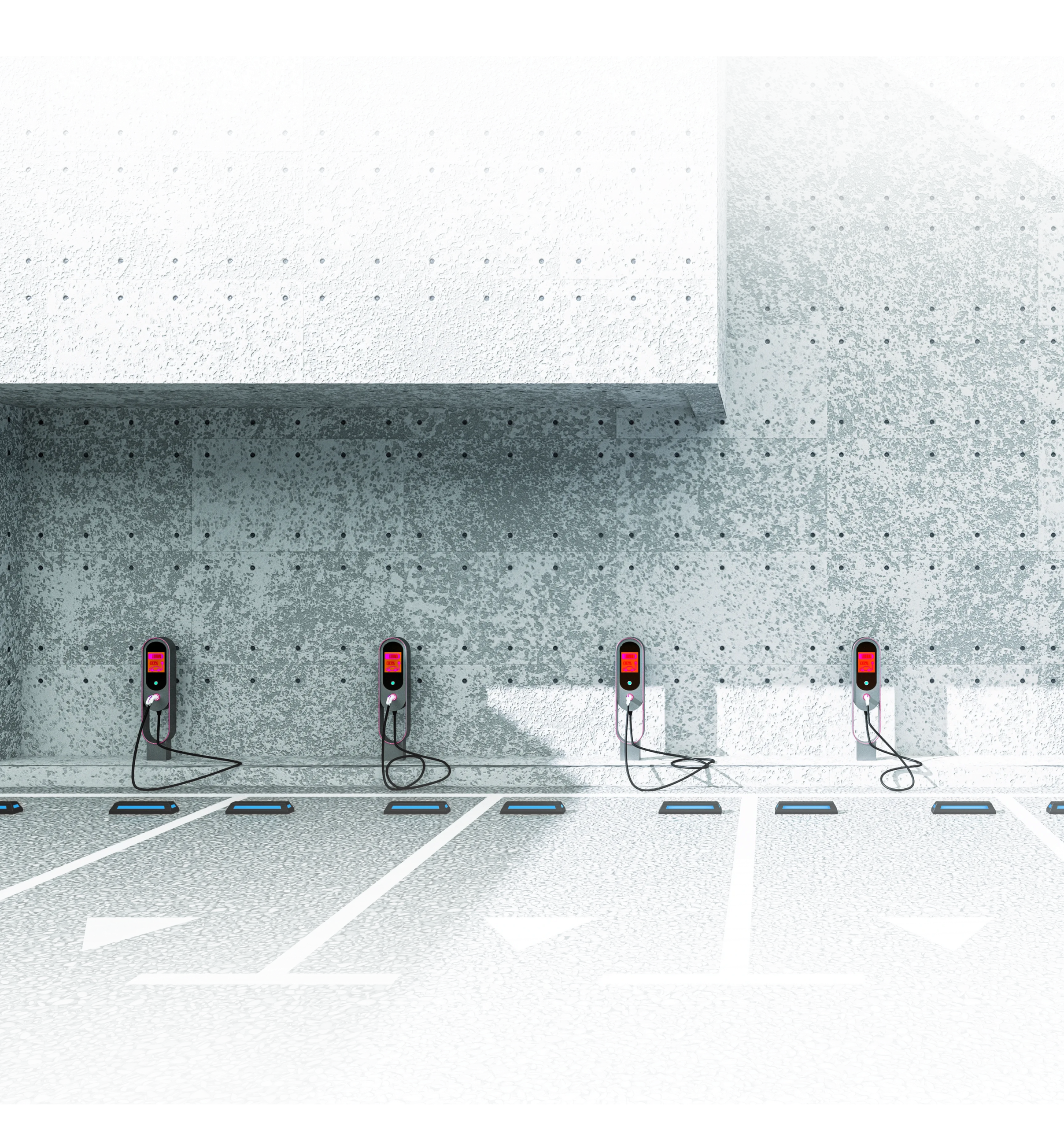
 Increase in Electric Vehicles per charging unit 2016-2023
Increase in Electric Vehicles per charging unit 2016-2023

On the topic of energy infrastructure
How to Build Resilience and Prevent Blackouts in a Renewable World
Read moreNeha Jatar & Erwin Thompson: Decarbonization and the Future of Transportation
Read moreLennart Blecher: Why The Energy Transition Needs Cooperation Between Public and Private
Read moreTo tackle the problem, in 2022 the Biden administration launched the National Electric Vehicle Infrastructure (NEVI) program to deploy 500,000 public chargers by 2030, with a strong focus on fast-charging corridors. But the rollout has been slow, with permitting obstacles, inconsistent equipment standards and fragmented operator networks stymying momentum. Earlier this year, the Trump administration said it would pull the plug entirely – although many states have continued to draw on the Federal funding.
There is a balance to be struck. A too-high EV-to-charger ratio leads to long lines and frustration. Too low, and infrastructure sits idle, becoming financially unsustainable. Between those poles lies opportunity: a nascent but growing market in public charging, particularly for DC networks. It is not just a matter of watts and wires. For EVs to reach the next stage, they need more than drivers – they need sockets.
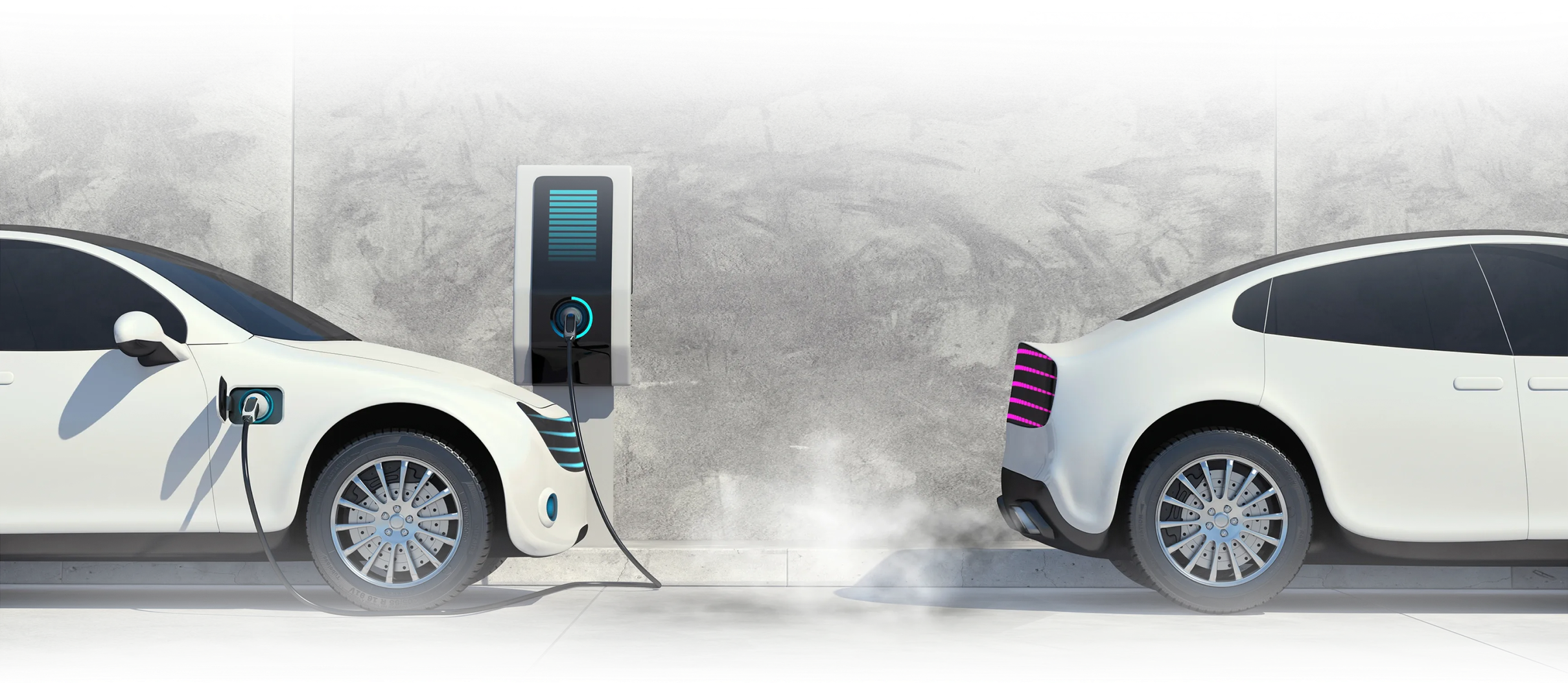
On the topic ofInfrastructure
Exclusive News and Insights Every Week
Sign up to subscribe to the EQT newsletter.
Do You Want to Know More?
We are eager to explore how we can achieve great things together.

